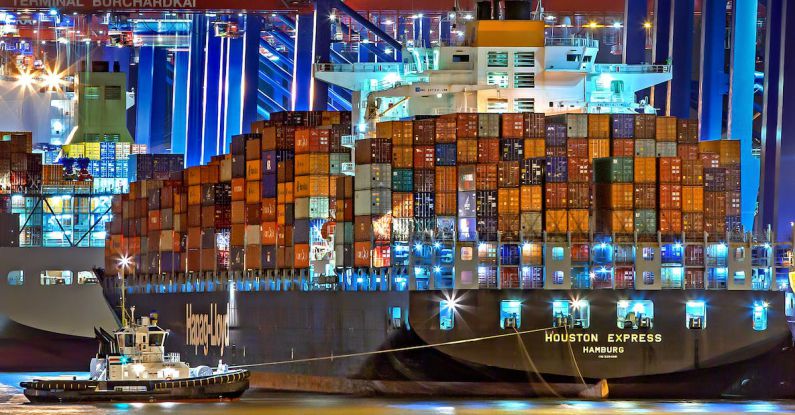How to Navigate Global Trade Regulations?
In today’s interconnected world, international trade has become a vital component of economic growth and development. As businesses expand their operations across borders, they must navigate a complex web of global trade regulations. Understanding and complying with these regulations is crucial for businesses to avoid penalties, ensure smooth operations, and maintain a competitive edge in the international marketplace. In this article, we will explore some key strategies to help businesses navigate global trade regulations effectively.
Stay Informed: Keeping up with the ever-changing landscape of global trade regulations is essential. Regularly monitoring updates and changes in trade policies, tariffs, and customs regulations will allow businesses to stay ahead of the curve. Subscribe to industry newsletters, follow relevant government websites and trade organizations, and engage in networking events to stay informed about the latest developments. Additionally, consulting with legal experts or trade consultants can provide valuable insights and guidance on compliance requirements.
Conduct Compliance Audits: Conducting regular compliance audits is a proactive approach to ensure adherence to global trade regulations. These audits involve reviewing internal processes, documentation, and transactions to identify any potential gaps or non-compliance issues. By conducting audits, businesses can identify and rectify any compliance issues before they escalate into costly penalties or legal disputes. Implementing robust compliance management systems and documenting compliance efforts can also demonstrate a commitment to compliance in case of an audit or investigation.
Utilize Technology: Technology plays a vital role in simplifying and streamlining the compliance process. Trade management software, automation tools, and electronic data interchange (EDI) systems can help businesses manage complex trade regulations efficiently. These technological solutions enable businesses to automate compliance checks, manage documentation, track shipments, and ensure accurate reporting. By leveraging technology, businesses can reduce the risk of human error, improve operational efficiency, and enhance compliance capabilities.
Engage in Trade Compliance Training: Educating employees about global trade regulations is crucial to ensure compliance throughout the organization. Conducting regular training sessions or workshops can help employees understand their roles and responsibilities in adhering to trade regulations. Training should cover topics such as import/export compliance, trade sanctions, customs procedures, and documentation requirements. By empowering employees with the necessary knowledge and skills, businesses can create a culture of compliance and minimize the risk of inadvertent violations.
Establish Strong Partnerships: Building strong relationships with suppliers, logistics providers, and customs brokers can greatly facilitate compliance with global trade regulations. Collaborating with trusted partners who have expertise in international trade can help businesses navigate complex regulatory environments. These partners can provide guidance on compliance requirements, assist with documentation, and ensure smooth customs clearance. Establishing strong partnerships also enables businesses to stay updated on regulatory changes and adapt their operations accordingly.
Maintain Accurate Records: Accurate record-keeping is crucial for demonstrating compliance with global trade regulations. Businesses should maintain comprehensive records of all import/export transactions, including invoices, shipping documents, customs declarations, and licenses or permits. These records not only help in complying with reporting requirements but also serve as evidence of compliance in case of an audit or investigation. Implementing robust record-keeping practices and organizing documentation in a systematic manner can save time and effort during compliance checks.
In conclusion, navigating global trade regulations is a complex but essential task for businesses engaged in international trade. By staying informed, conducting compliance audits, utilizing technology, engaging in training, establishing strong partnerships, and maintaining accurate records, businesses can effectively navigate the challenges posed by global trade regulations. Prioritizing compliance and adopting these strategies will not only ensure smooth operations but also enhance the reputation and credibility of businesses in the international marketplace.






